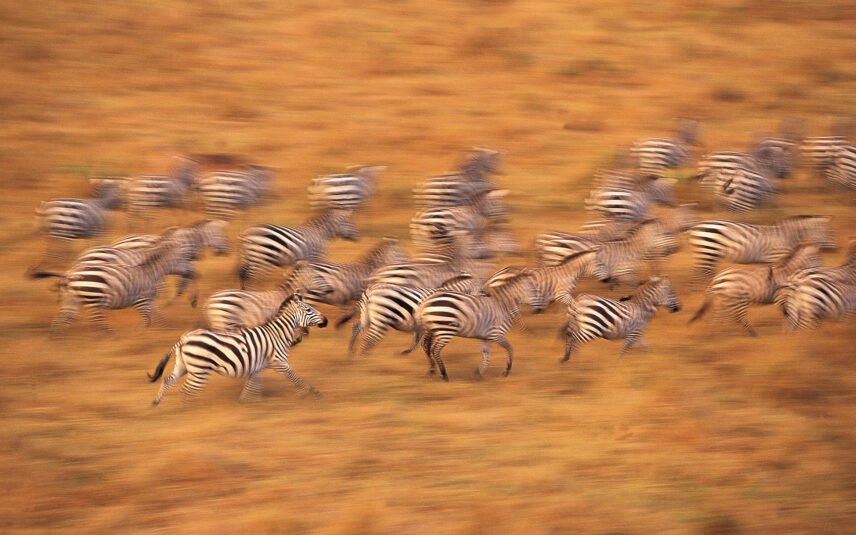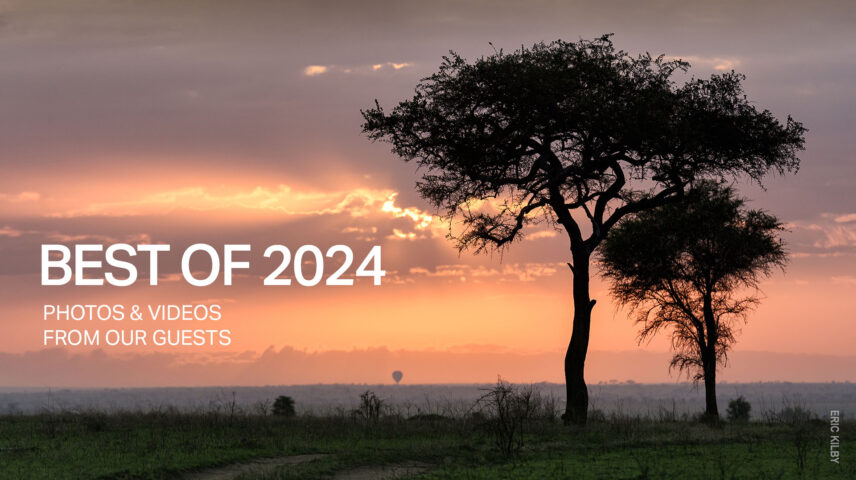
Dec 19, 2024
Top Photos & Videos from 2024
Photo: Eric Kilby The Leopard & Tommie Kudos to Thomson guide Seph for capturing this memorable moment in the Serengeti. Kilimanjaro Celebration How does it feel to …
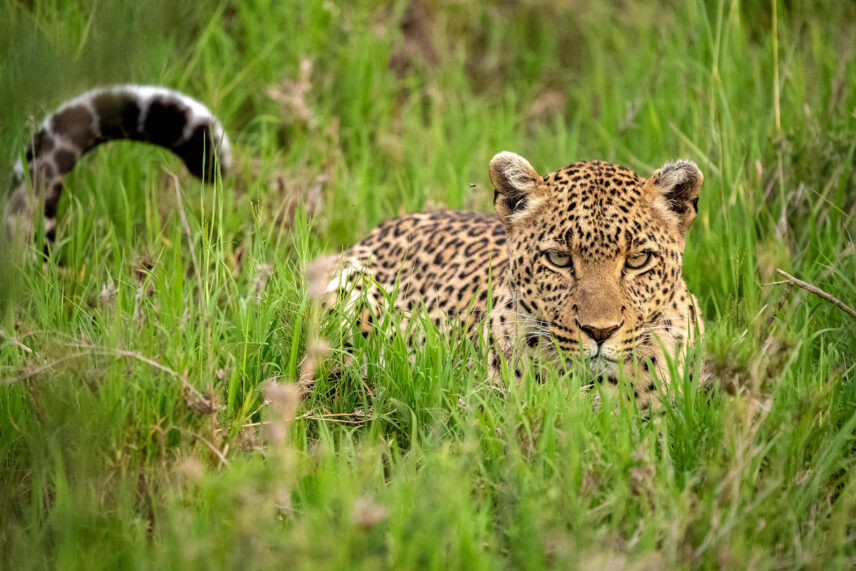
Nov 06, 2024
What to Expect on a Green Season Safari
Travel in the off-season anywhere in the world, and you’ll be rewarded with the usual perks like fewer crowds and affordable prices. Safaris in the green season provide these…
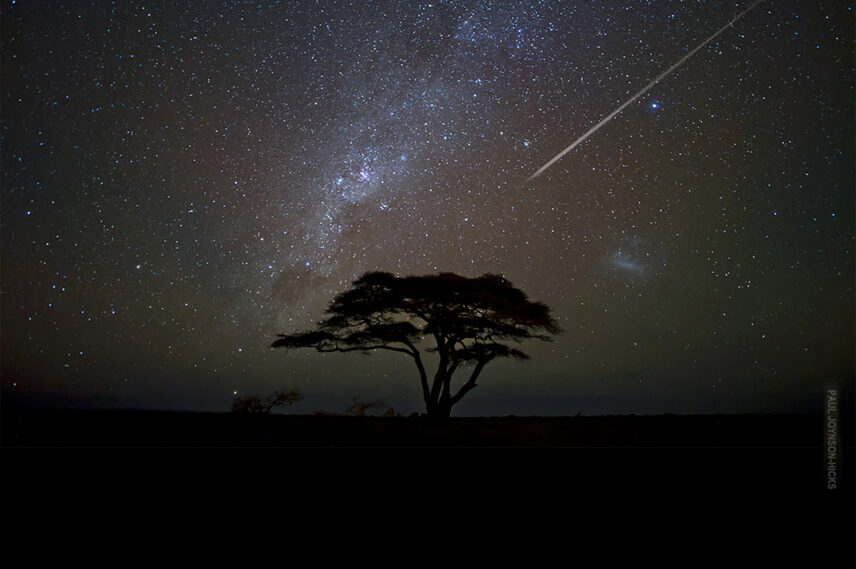
Oct 14, 2024
Beneath the Stars: Embracing the Magic of Safari Nights
Just south of the equator, night and day hold equal sway over the Serengeti. The horizon recaptures the sun around 6pm each day and the park gates are shut, but…
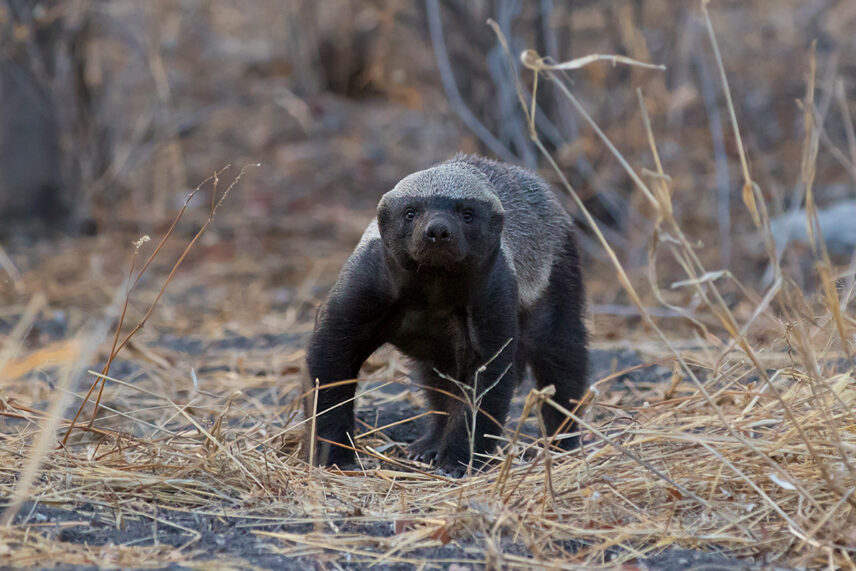
Sep 16, 2024
Wildlife Spotlight: Honey Badgers
Honey badgers are anything but sweet – their ferret-like appearance hides a truly ferocious animal. Also known as ratels (which comes from the Dutch word for “honeycomb”), honey badgers are…
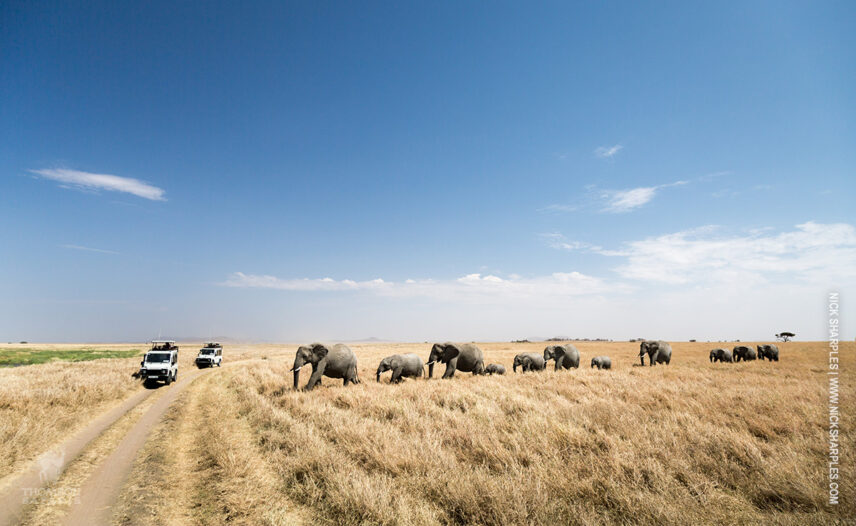
Sep 16, 2024
3 Amazing Places to See Elephants in Tanzania
The sun hangs low in the sky, and everything feels like it’s starting to slow down in the Serengeti when you notice that the Land Rover is stopping near a…
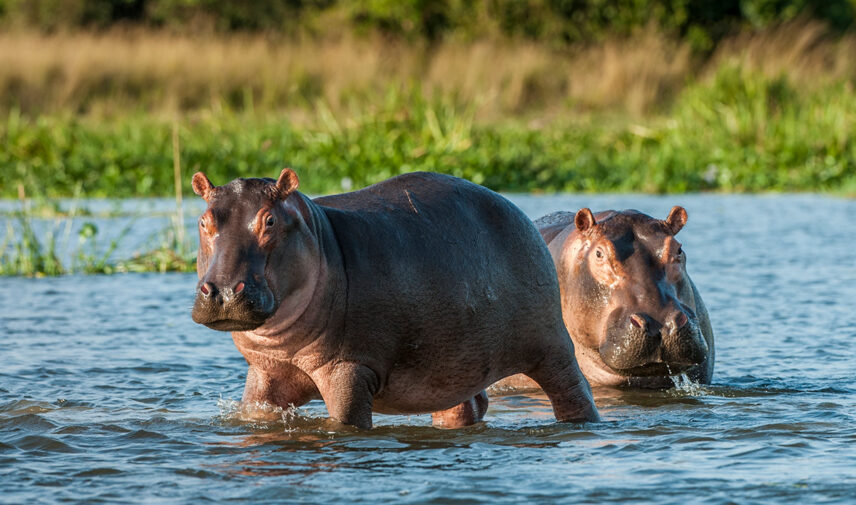
Aug 20, 2024
Wildlife Spotlight: Hippos
No safari is complete without a hippo sighting. They’re perhaps one of the most outright entertaining animals you’ll see out in Tanzania, as the hippopotamus has strange social dynamics, an…
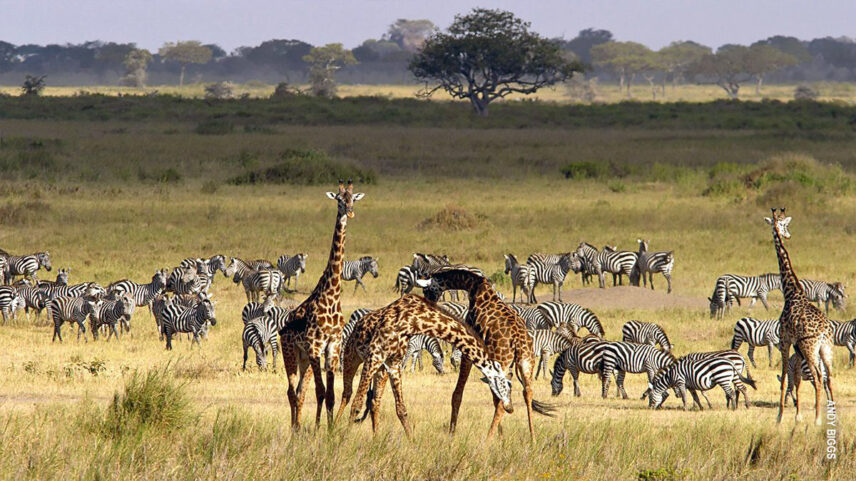
Jun 21, 2024
Why Choose To Go on Safari in Tanzania? There are 4 Million Reasons!
Why choose to go on safari in Tanzania? There are 4 million reasons! Seriously–there are more than 4 million lions, leopards, elephants, giraffes, wildebeests and gazelles throughout Tanzania, and that’s…
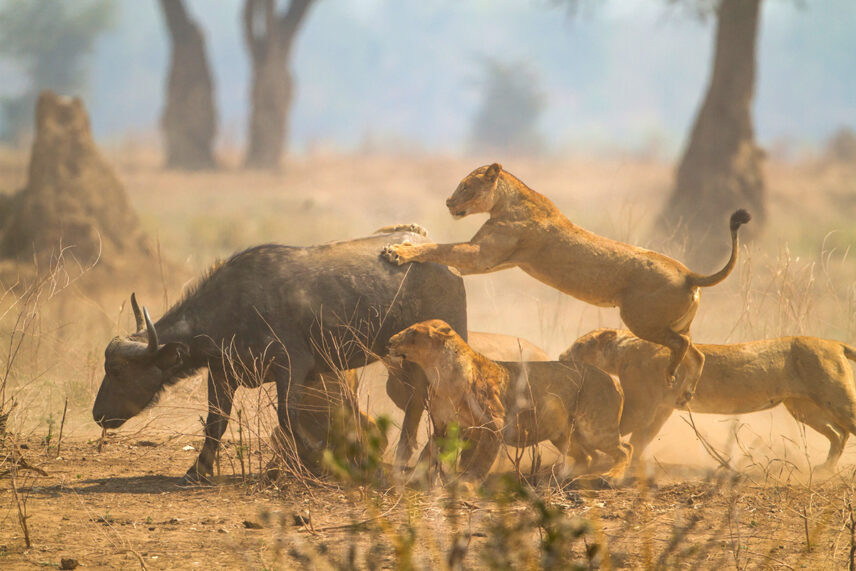
Apr 16, 2024
How Do Lions Hunt? The Science Behind the Stalk
The life of the African lion (Panthera leo) is a literal race for survival. They stake their lives—and the lives of their pride mates—on their ability to win high-speed races…
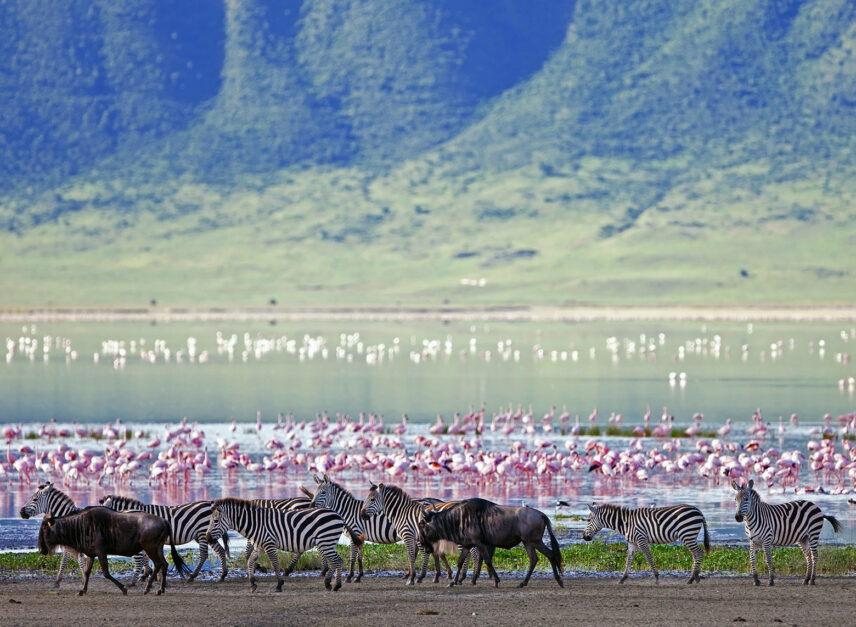
Feb 05, 2024
Video: Scenes from Ngorongoro Crater
*Video will launch in YouTube.* Ten miles wide and about 3 million years old, Ngorongoro Crater was once a volcano – now this extinct caldera is home to the densest…
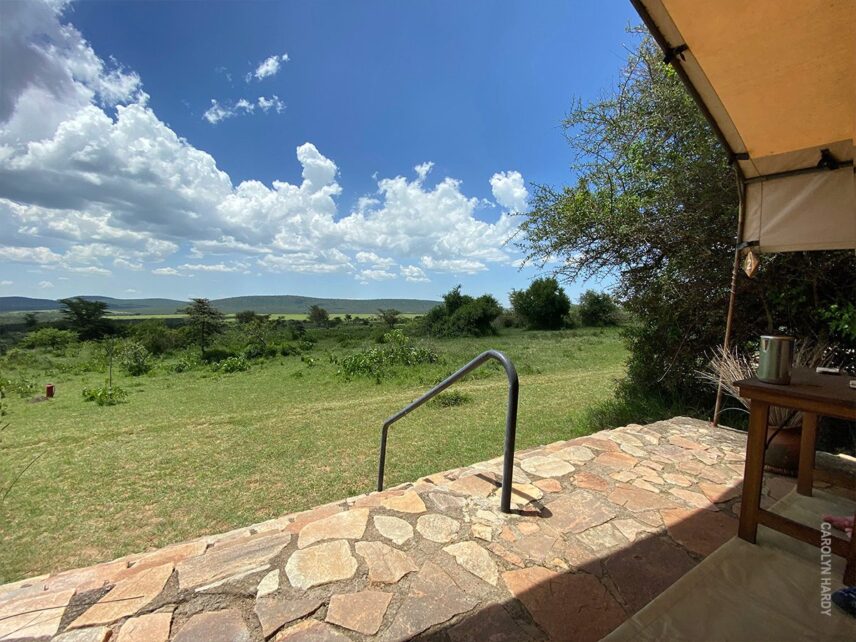
Aug 29, 2023
5 Reasons Your Safari Should Begin in the Eastern Serengeti
Picture this: After a long journey, you’ve arrived at your first camp deep in the savanna. You toss your bag in your tent and step outside when you notice…
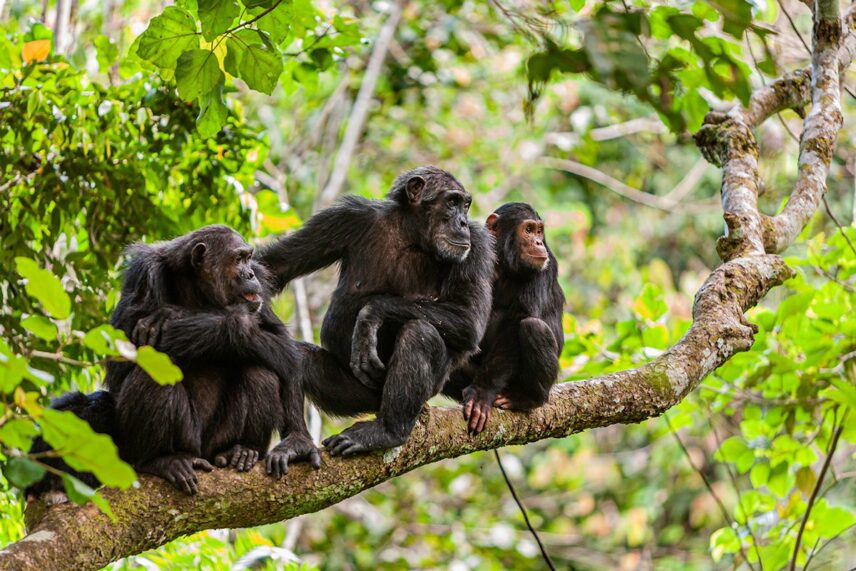
Apr 17, 2023
What Should You Expect on a Mahale Mountain Chimp Trek?
Tucked within the craggy hills of the Mahale Mountains is humanity’s closest relative: the chimpanzee, one of earth’s most iconic, endangered species. You can see these social, sophisticated apes in…
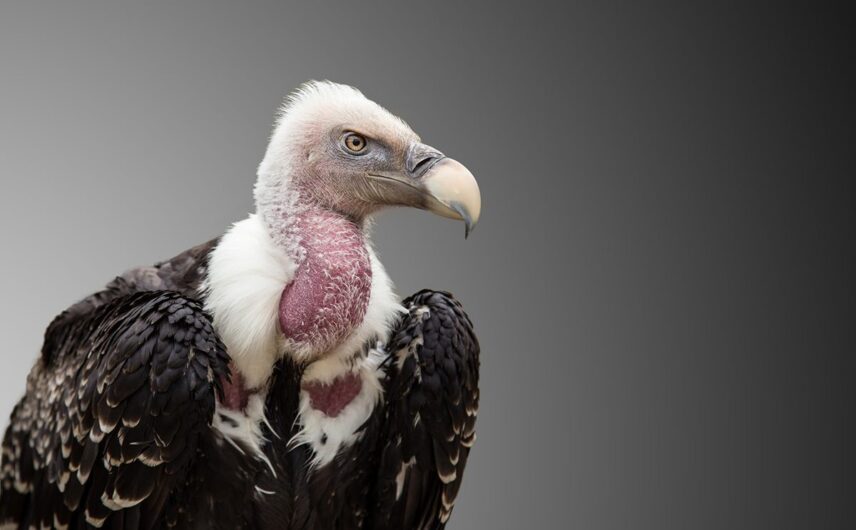
Nov 18, 2022
Do Vultures Deserve Their Bad Reputation?
After the lions have feasted and the leopards have lunched, vultures swoop in to grab a bite of the remains. These master scavengers are the most common raptors you’ll spot…
